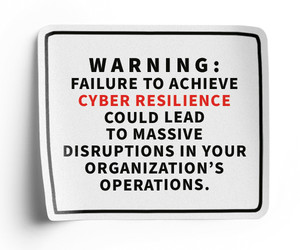Cyber Breaches Can Have Unintended Benefits for Schools
Providing schools with backup to recover from cyber incidents is crucial. That’s why North Carolina Gov. Roy Cooper signed an executive order a few years ago to create a joint cybersecurity task force. “They will be on the ground and be in the school to investigate until we have resolved the situation,” explains Vanessa Wrenn, CIO for the North Carolina Department of Public Instruction (see “Q&A: North Carolina’s Technology Leader for Schools Works to Level the Playing Field”).
Schools that don’t have the backing of a whole state will need to turn to their vendor partners, who can help with forensics or provide appropriate technical tools to help schools quickly bounce back, build resilience and minimize their chances of being hit again.
Atlanta Public Schools turned to partners after cybercriminals stole employee credentials in a 2017 phishing attack. The school’s IT team hired a cybersecurity firm, purchased cyber insurance and installed additional cybersecurity software (see “How to Fortify Your School Networks After a Cyberattack”).
Olufemi Aina, the district’s interim CIO, says that an unintended benefit was that “the attack allowed us to get in front of senior leadership, build support across the organization and access emergency funding we didn’t have before.”
RELATED: School administrators should include tech leaders in planning.
This approach recalls the adage “it takes a village,” which holds special significance in the case of increasing cyber resilience efforts in K–12 schools. Effective cybersecurity requires preparedness as well as the right internal and external partners working together to protect our students.











